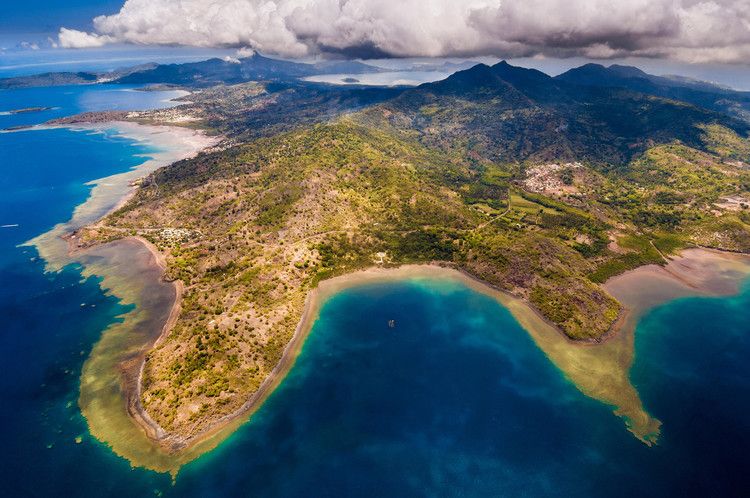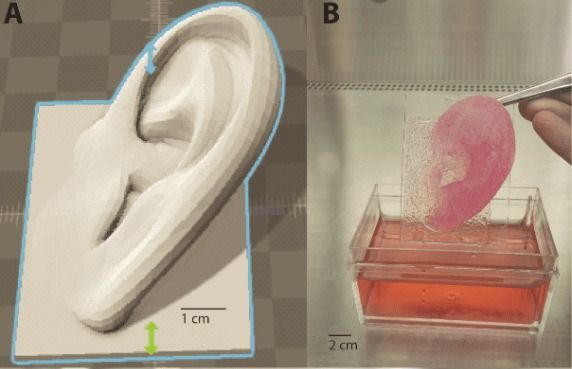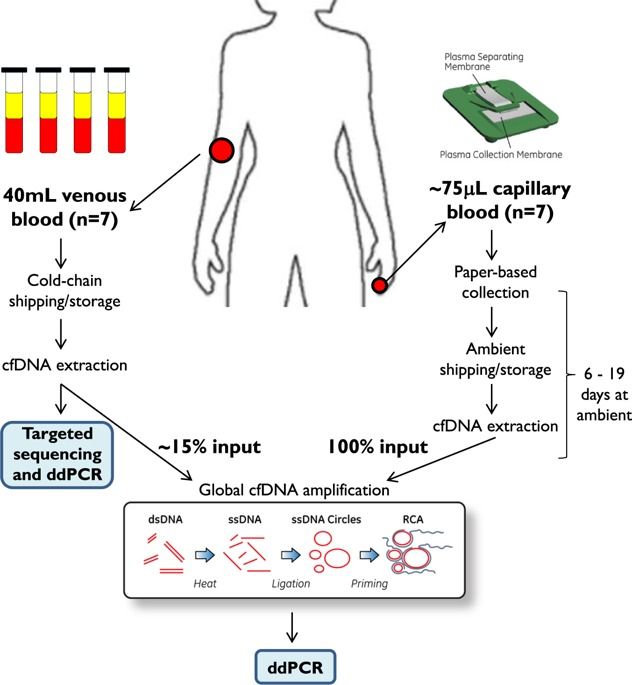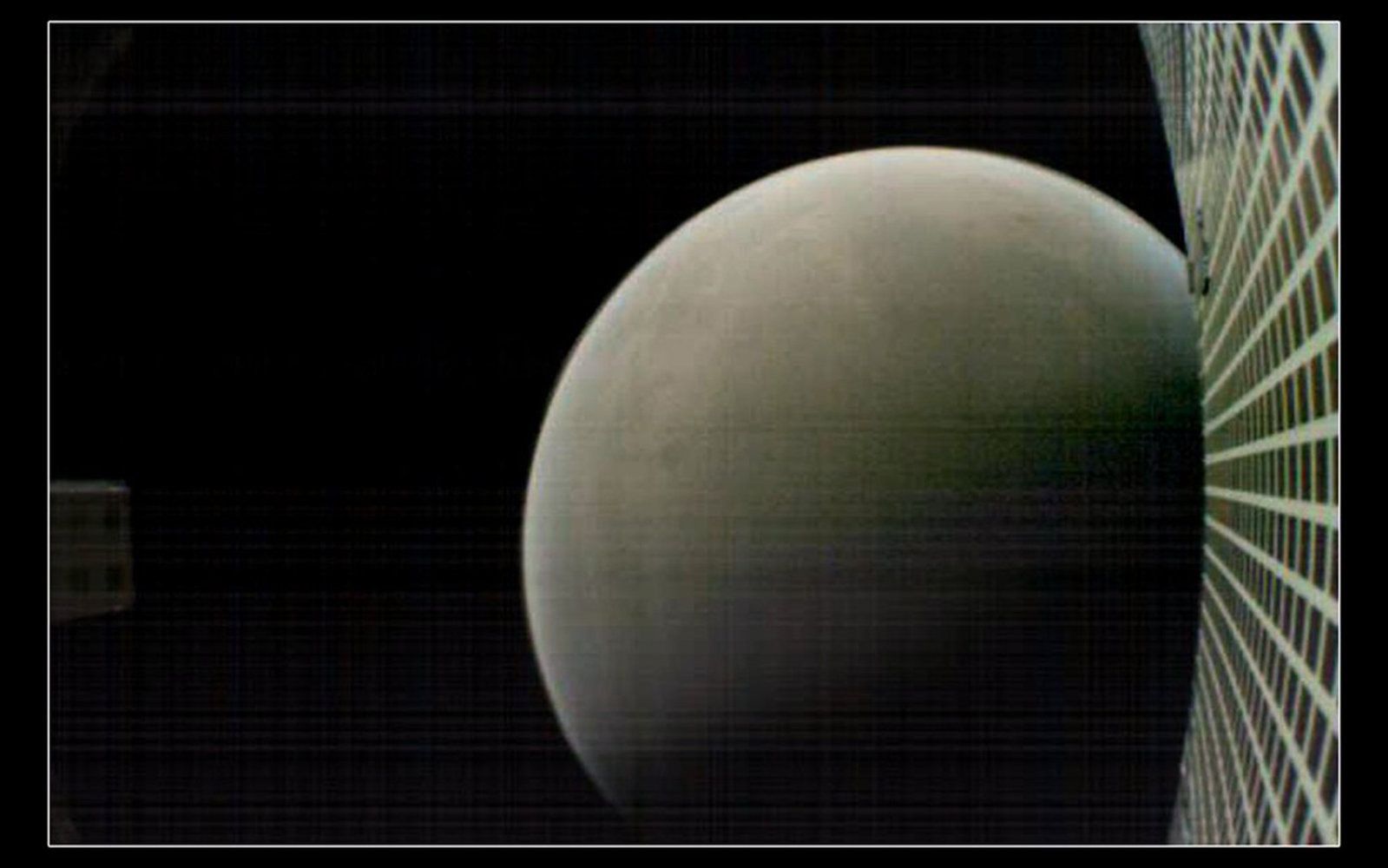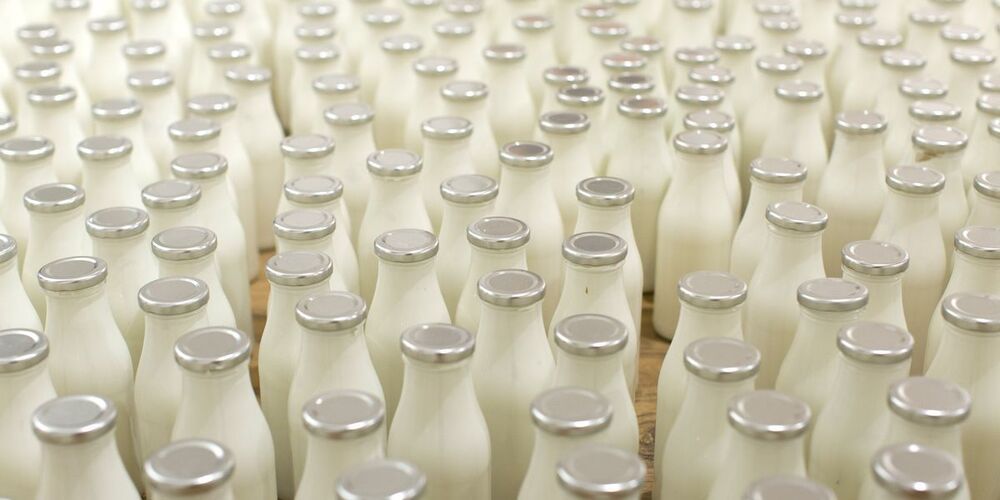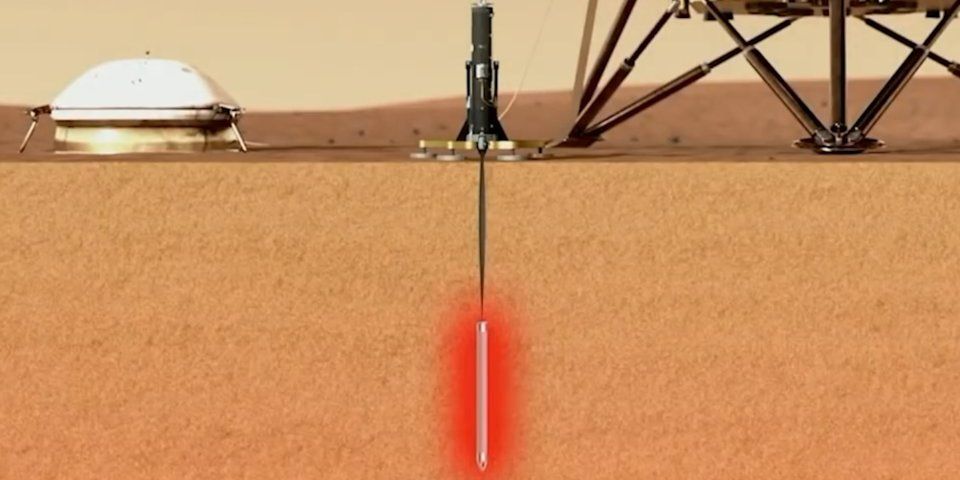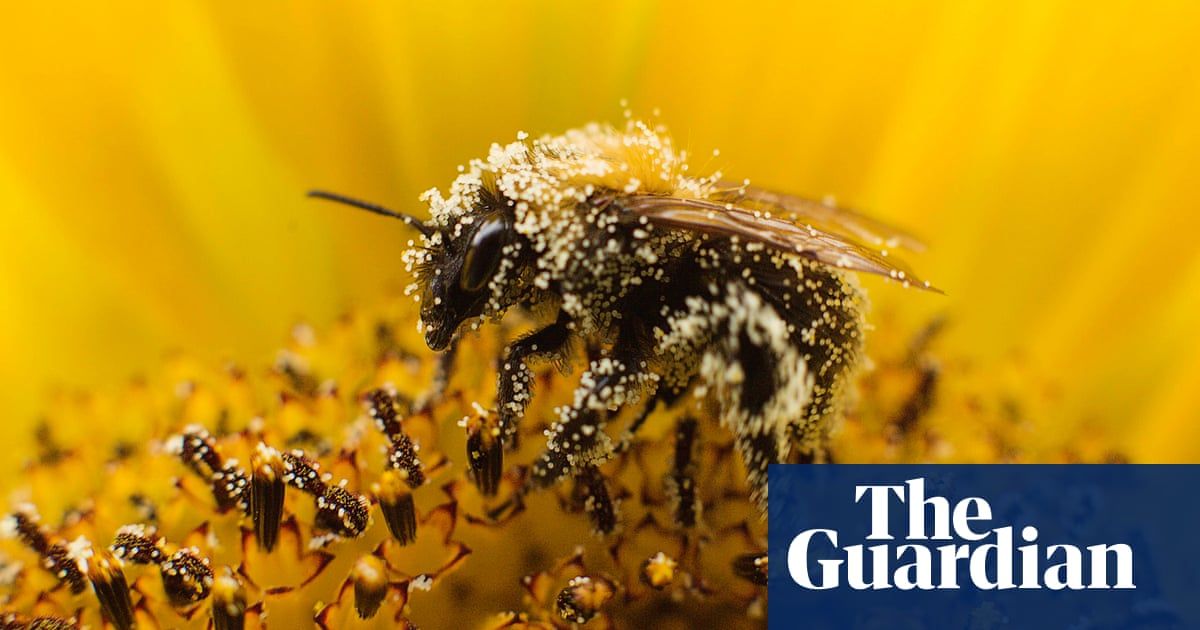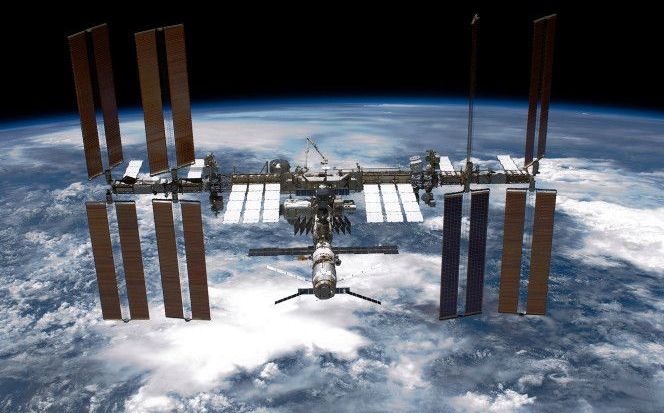Nov 28, 2018
There was a time when the resemblance between Mars and Earth was uncanny, but 3 or 4 billion years ago, these two worlds took different paths
Posted by Michael Lance in category: space travel
Now that our NASA InSight spacecraft had a successful #MarsLanding, scientists will be able to compare our home planet to its rusty sibling like never before. Find out how: https://go.nasa.gov/2FK9f5G

